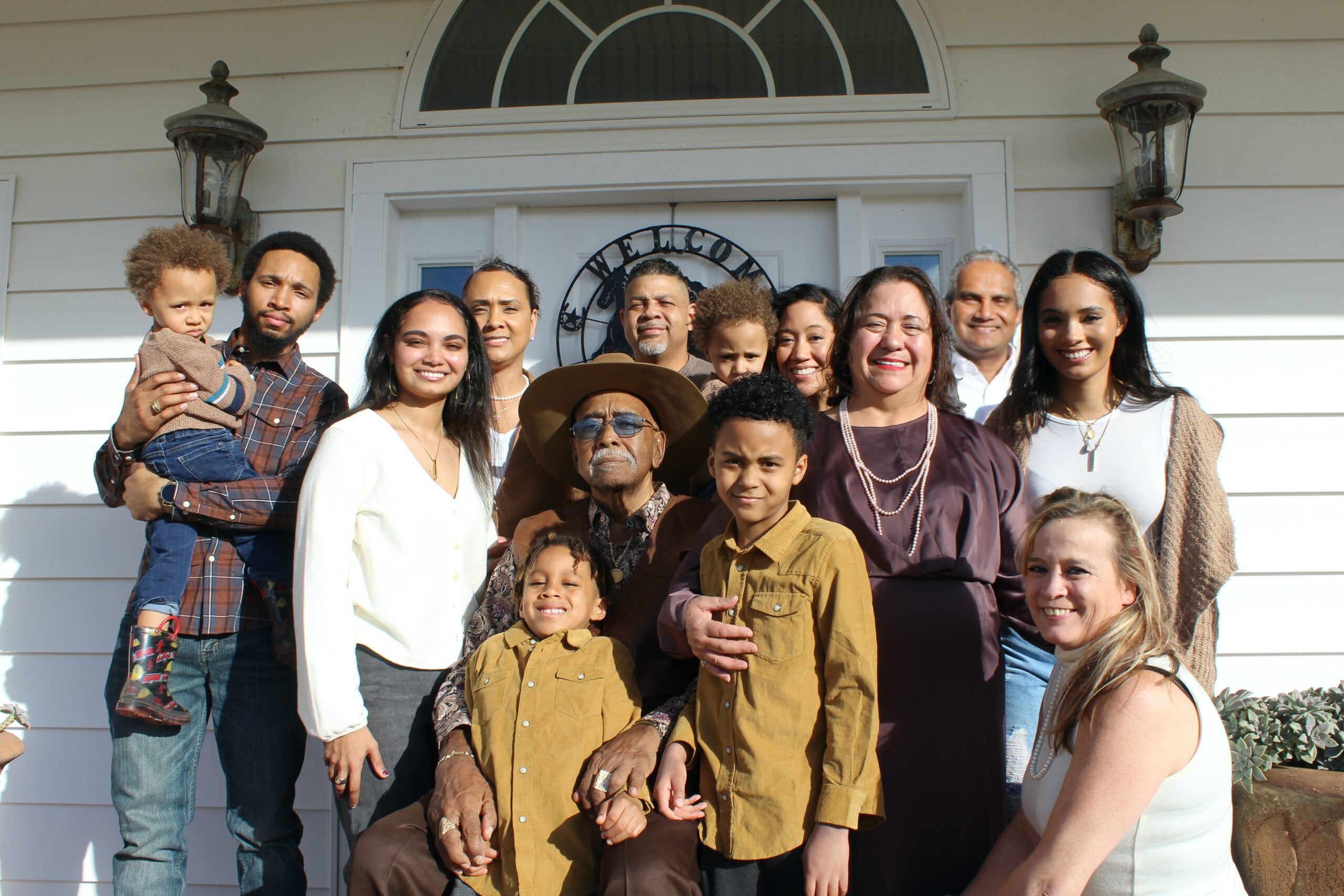-
Place of Birth
Louisiana
-
Tribal Affiliation
Shabtau
-
Surname Heritage
China / England / Ireland
Lee History, Family Crest & Coats of Arms

The name Lee was carried to England in the enormous movement of people that followed the Norman Conquest of 1066. The Lee family lived in any of the various places named Leigh in England. There are at least 16 counties that contain a place named Leigh. The place-name was originally derived from the Old English word leah, which means wood clearing. [1] The English Lee family is descended from the Norman Lee family. The family name Lee became popular in England after the Norman Conquest, when William the Conqueror gave his friends and relatives most of the land formerly owned by Anglo-Saxon aristocrats. The Normansfrequently adopted the names of their recently acquired estates in England.
Early Origins of the Lee family
The surname Lee was first found in Cheshire, at High Leigh, where the name is from “an eminent family, who for centuries in that county nearly all the gentry families of that name claim descent.” [2]
Of note are the following ancient families: Legh of East Hall, in High Legh, county Chester, descended from Efward de Lega, who lived at or near the period of the Conquest and who appears to have a Saxon origin; Leigh of West Hall, in High Leigh, originally De Lynne who married a Legh heiress in the 13th century; and Leigh of Adlestrop (Baron Leigh) county Gloucester, descended from Agens, daughter and heiress of Richard de Legh. [3]
“The Lees of Lee, and Darnhall, co. Chester, now represented by the Townshends of Hem and Trevallyn, and the Lees of Quarendon, Bucks, of whom was the gallant Sir Henry Lee, K.G. and the Lees of Ditchley, Earls of Lichfield, whose descendant Viscount Dillon now possesses the Ditchley estate, spring from the De Lee of Battle Abbey.” [4]
Leigh is a fairly common place name that dates back to pre-Conquest times as Leigh, Herefordshire and Worcestershire were both listed as Beornothesleah in 972. [1]
There are over nineteen villages that are either named Leigh or include Leigh in their name throughout Britain. The parish of Hughley in Shropshire derives “its name from Hugh de Lea, proprietor of the manor in the twelfth century, and ancestor of the Leas of Langley and Lea Hall.” [5]
“The township [of Poulton with Fearnhead, Lancashire] has been the property of the Legh family, of Lyme, since their union with the Haydocks. Bruch, or Birch, the old manor-house, existing in the 12th of Charles I., was given by Sir Peter Legh to his fourth son Peter, whose grand-daughter married the grandson of Dr. Thomas Legh, the third son of Sir Peter.” [5]
Down in Devon, “a Totnes man, Sir Edmund Lye, ranks among the boldest seamen of Elizabethan days, and as one of the heroes who bore his part in the defeat of the Invincible Armada. Totnes contributed largely towards the fitting out of the Crescent and the Hart, two vessels sent from Dartmouth to join the Anti-Armada fleet. ” [6]
Early History of the Lee family
This web page shows only a small excerpt of our Lee research.
Lee Spelling Variations
Endless spelling variations are a prevailing characteristic of Norman surnames. Old and Middle English lacked any definite spelling rules, and the introduction of Norman French added an unfamiliar ingredient to the English linguistic stew. French and Latin, the languages of the court, also influenced spellings. Finally, Medieval scribes generally spelled words according to how they sounded, so one person was often referred to by different spellings in different documents. The name has been spelled Leigh, Lee, Lea, Legh, Leghe, Ligh, Lighe, Leyie, Ley and many more.
Early Notables of the Lee family (pre 1700)
Outstanding amongst the family at this time was John Leigh of Isel, High Sheriff of Cumberland in 1548; William Lee (1563-1614), English clergyman and inventor of the first stocking frame knitting machine in 1589; Sir Richard Lee, 2nd Baronet (ca. 1600-1660), an English politician who sat in the House of Commons from 1640 to 1642, supporter of the Royalist side in the English Civil War; John Ley (1583-1662), an English clergyman and member of the Westminster Assembly; Sir Francis Henry Lee, 4th Baronet (1639-1667), an English politician who sat in the House of Commons from 1660 to 1667; Richard Legh (1634-1687).
Lee World Ranking
In the United States, the name Lee is the 24th most popular surname with an estimated 547,140 people with that name. [7] However, in Canada, the name Lee is ranked the 7th most popular surname with an estimated 83,424 people with that name. [8] And in Quebec, Canada, the name Lee is the 528th popular surname. [9] Newfoundland, Canada ranks Lee as 153rd with 252 people. [10] France ranks Lee as 3,497th with 2,000 – 2,500 people. [11] Australia ranks Lee as 11st with 61,483 people. [12] New Zealand ranks Lee as 16th with 6,297 people. [13] The United Kingdom ranks Lee as 49th with 81,795 people. [14] Netherlands ranks Lee as 861st with 2,315 people. [15] South Africa ranks Lee as 732nd with 9,412 people. [16]
 Migration of the Lee family to Ireland
Migration of the Lee family to Ireland
Some of the Lee family moved to Ireland, but this topic is not covered in this excerpt.
Lee migration to the United States +
To escape the political and religious persecution within England at the time, many English families left for the various British colonies abroad. The voyage was extremely difficult, though, and the cramped, dank ships caused many to arrive in the New World diseased and starving. But for those who made it, the trip was most often worth it. Many of the families who arrived went on to make valuable contributions to the emerging nations of Canada and the United States. An inquiry into the early roots of North American families reveals a number of immigrants bearing the name Lee or a variant listed above:
Lee Settlers in United States in the 17th Century
- Bridget Lee, who landed in America in 1620 [17]
- Samuel Lee, who arrived in America in 1620 [17]
- Tryphosa Lee, who arrived in Plymouth, Massachusetts in 1623 [17]
- Bridget Lee, who landed in Plymouth, Massachusetts in 1623 [17]
- Christopher Lee, aged 30, who arrived in Virginia in 1623 aboard the ship “Southampton” [17]
Lee Settlers in United States in the 18th Century
- Pricilla Lee, who arrived in Virginia in 1700 [17]
- Hump Lee, who landed in Virginia in 1700 [17]
- Eliz Lee, who landed in Virginia in 1705 [17]
- Bryan Lee, who landed in Virginia in 1711 [17]
- Philip Lee, who landed in Virginia in 1712 [17]
Lee Settlers in United States in the 19th Century
- Charles Lee, who arrived in New York in 1800 [17]
- Arthur Lee, who landed in America in 1801-1802 [17]
- Ezekiel Lee, who landed in Pennsylvania in 1802 [17]
- Ephraim Lee, aged 26, who landed in Philadelphia, Pennsylvania in 1803 [17]
- Edward Lee, aged 23, who landed in Philadelphia, Pennsylvania in 1803 [17]
Lee Settlers in United States in the 20th Century
- Sol N Lee, who arrived in New York, NY in 1900 [17]
- Mr. James Lee, (b. 1877), aged 26, Cornish baker, from Pelynt, Cornwall, UK travelling aboard the ship “Celtic” arriving at Ellis Island, New York on 24th April 1903 en route to Canton, Illinois, USA [18]
- Halvor Olson Lee, who landed in Wisconsin in 1907 [17]
Some of the first settlers of this family name were:
Lee Settlers in Canada in the 18th Century
- Benjamin Lee, who landed in Halifax, Nova Scotia in 1749-1752
- Edward Lee, who landed in Halifax, Nova Scotia in 1749-1752
- Mr. Daniel Lee Sr., U.E. (b. 1754) born in Worcester, England from Pembroke, Maine, USA who settled in St. George, Charlotte County, New Brunswick c. 1784 married to Martha Ash they had 9 children, he died in 1818 Bonny River, New Brunswick [19]
- Mr. David Lee U.E. who settled in Bastard [Rideau Lakes], Leeds and Greenville, Ontario c. 1784 [19]
- Mr. Edward Lee U.E. who settled in Parr Town, Saint John, New Brunswick c. 1784 [19]
Lee Settlers in Canada in the 19th Century
- William Lee, who landed in Canada in 1829
- Sarah Lee, aged 26, who arrived in Saint John, New Brunswick in 1833 aboard the ship “Britannia” from Sligo, Ireland
- Daniel Lee, aged 27, a labourer, who arrived in Saint John, New Brunswick in 1833 aboard the ship “Britannia” from Sligo, Ireland
- Judith Lee, aged 10, who arrived in Saint John, New Brunswick in 1833 aboard the ship “Elizabeth” from Galway, Ireland
- Andrew Lee, aged 20, a smith, who arrived in Saint John, New Brunswick aboard the ship “Salus” in 1833
Lee Settlers in Canada in the 20th Century
- Mrs. Lee, who arrived in Saint John, New Brunswick in 1907
- Miss E Lee, who landed in Saint John, New Brunswick in 1907
- Miss F Lee, who landed in Saint John, New Brunswick in 1907
- H Lee, who landed in Saint John, New Brunswick in 1907
- J Lee, who landed in Saint John, New Brunswick in 1907
Emigration to Australia followed the First Fleets of convicts, tradespeople and early settlers. Early immigrants include:
Lee Settlers in Australia in the 18th Century
- Mr. John Lee, English convict who was convicted in Leicester, Leicestershire, England for life, transported aboard the “Barwell” in September 1797, arriving in New South Wales, Australia [20]
Lee Settlers in Australia in the 19th Century
- Mr. George Lee, British convict who was convicted in Worcester, Worcestershire, Englandfor 14 years, transported aboard the “Calcutta” in February 1803, arriving in New South Wales, Australia [21]
- Mr. Charles Lee, British Convict who was convicted in Lancaster, Lancashire, England for 7 years, transported aboard the “Coromandel” on 4th December 1803, arriving in New South Wales, Australia [22]
- Mr. John Lee, British Convict who was convicted in Leicestershire, England for life, transported aboard the “Earl Spencer” in May 1813, arriving in New South Wales, Australia[23]
- Mr. John Lee, British Convict who was convicted in York, Yorkshire, England for life, transported aboard the “Earl Spencer” in May 1813, arriving in New South Wales, Australia[23]
- Mr. William Lee, English labourer who was convicted in Surrey, England for life, transported aboard the “Fanny” on 25th August 1815, arriving in New South Wales, Australia[24]
Lee migration to New Zealand +
Emigration to New Zealand followed in the footsteps of the European explorers, such as Captain Cook (1769-70): first came sealers, whalers, missionaries, and traders. By 1838, the British New Zealand Company had begun buying land from the Maori tribes, and selling it to settlers, and, after the Treaty of Waitangi in 1840, many British families set out on the arduous six month journey from Britain to Aotearoa to start a new life. Early immigrants include:
Lee Settlers in New Zealand in the 19th Century
- Walter Lee, who landed in Auckland, New Zealand in 1840
- Michael Lee, aged 20, a sawyer, who arrived in Wellington, New Zealand aboard the ship “Cuba” in 1840
- James Lee, aged 30, a farmer, who arrived in Nelson, New Zealand aboard the ship “Mary Ann” in 1842
- Elizabeth Lee, aged 26, who arrived in Nelson, New Zealand aboard the ship “Mary Ann” in 1842
- Mr. John Lee, Cornish settler travelling from Launceston aboard the ship “Marys” arriving in New Zealand in 1848 [25]
Lee migration to West Indies +
The British first settled the British West Indies around 1604. They made many attempts but failed in some to establish settlements on the Islands including Saint Lucia and Grenada. By 1627 they had managed to establish settlements on St. Kitts (St. Christopher) and Barbados, but by 1641 the Spanish had moved in and destroyed some of these including those at Providence Island. The British continued to expand the settlements including setting the First Federation in the British West Indies by 1674; some of the islands include Barbados, Bermuda, Cayman Island, Turks and Caicos, Jamaica and Belize then known as British Honduras. By the 1960’s many of the islands became independent after the West Indies Federation which existed from 1958 to 1962 failed due to internal political conflicts. After this a number of Eastern Caribbean islands formed a free association. [26]
Lee Settlers in West Indies in the 17th Century
- Mr. Thomas Lee, (b. 1614), aged 20, British settler travelling from Gravesend, UK aboard the ship “Hopewell” arriving in Barbados on 17th February 1634 [17]
- George Lee, aged 16, who landed in Barbados in 1635 aboard the ship “Falcon” [17]
- Mr. Richard Lee, (b. 1613), aged 22, British settler travelling from London, England aboard the ship “Alexander” arriving in Barbados in 1635 [27]
- Mr. Robert Lee, (b. 1602), aged 33, British settler travelling from London, England aboard the ship “Alexander” arriving in Barbados in 1635 [27]
- Mr. Walter Lee, (b. 1614), aged 21, British settler traveling aboard the ship “John” arriving in St Christopher (Saint Kitts) in 1635 [28]
Contemporary Notables of the name Lee (post 1700) +
- Robert Edward Lee (1807-1870), American and Confederate soldier, best known as a commander of the Confederate States Army
- Nelle Harper Lee (1926-2016), American author who received the Pulitzer Prize in 1961 for her only novel “To Kill a Mockingbird” and was awarded the Presidential Medal of Freedom of the United States in 2007 for her contribution to literature
- Frances Elaine Lee (1941-2023), née Newman, an American costume designer for stage and film who won multiple Tony Awards and Drama Desk Awards
- Ralph Lee (1936-2023), American puppeteer and theatre artist from Middlebury, Vermont
- Bob Lee (1979-2023), American tech executive and software engineer from San Francisco, California, founder of Cash App
- Ronnie Lee (1956-2023), American NFL offensive tackle for the Miami Dolphins, Atlanta Falcons and the Seattle Seahawks from Pine Bluff, Arkansas
- Thomas Haskell Lee (1944-2023), American businessperson, financier, and investor credited as one of the originators of leveraged buyouts; according to Forbes, he had a net worth of $2 billion at the time of his death
- Eugene Lee (1939-2023), American six-time Primetime Emmy Award winning set designer, best known as the production designer for Saturday Night Live for 48 years, from the show’s premiere in 1975 until his death
- Quentin Oliver Lee (1987-2022), American stage actor, best known for his role “phantom” in Andrew Lloyd Webber’s The Phantom of the Opera and his Grammy Award winning role in The Prince of Broadway and Gershwins’ Porgy & Bess
- Gary Alcide Lee (1933-2022), American politician, Member of the U.S. House of Representatives from New York (1979-1983)
Historic Events for the Lee family +
The motto was originally a war cry or slogan. Mottoes first began to be shown with arms in the 14th and 15th centuries, but were not in general use until the 17th century. Thus the oldest coats of arms generally do not include a motto. Mottoes seldom form part of the grant of arms: Under most heraldic authorities, a motto is an optional component of the coat of arms, and can be added to or changed at will; many families have chosen not to display a motto.
Motto: Force avec vertu
Motto Translation: Strength with virtue.


